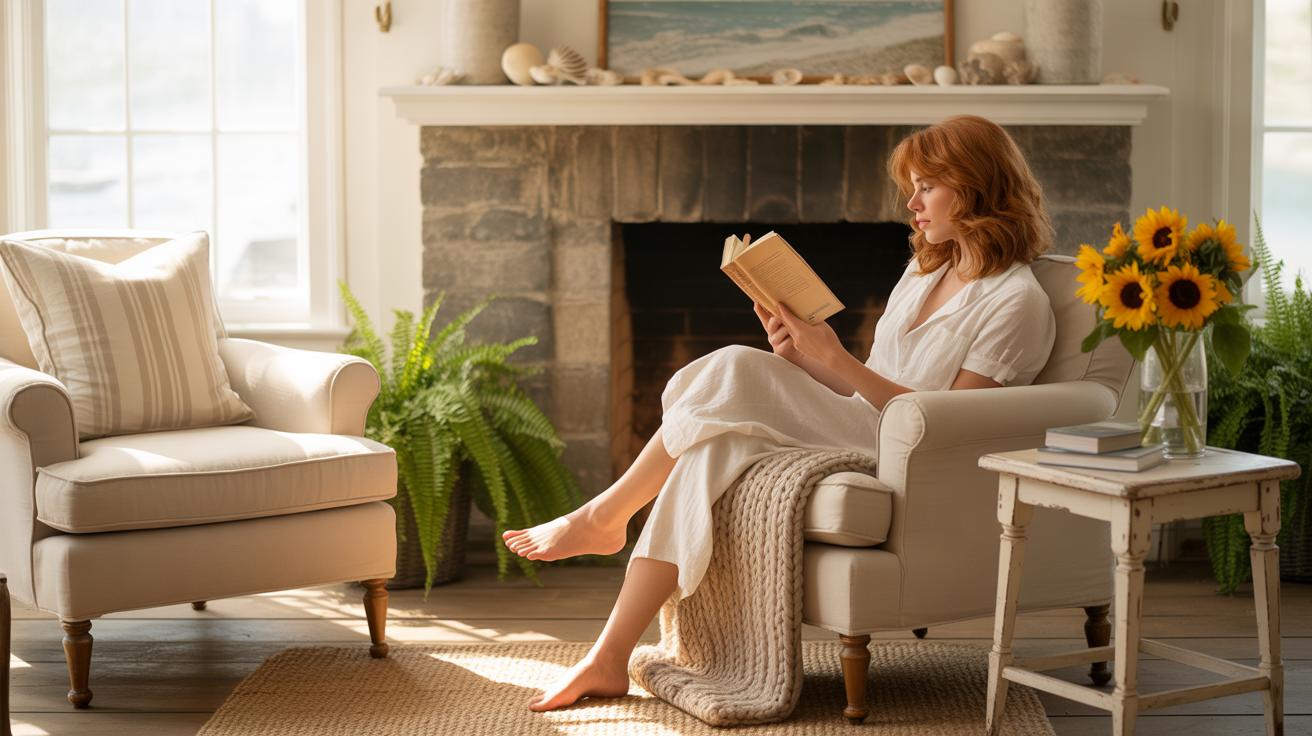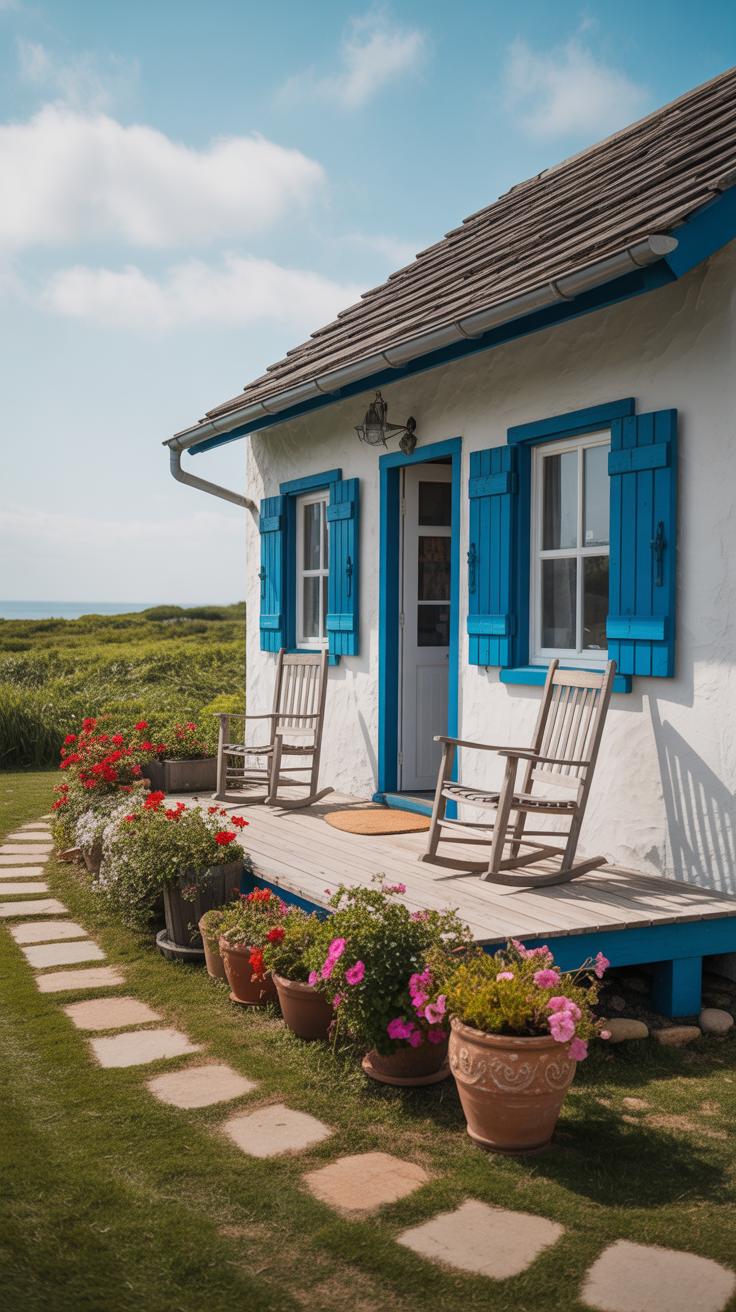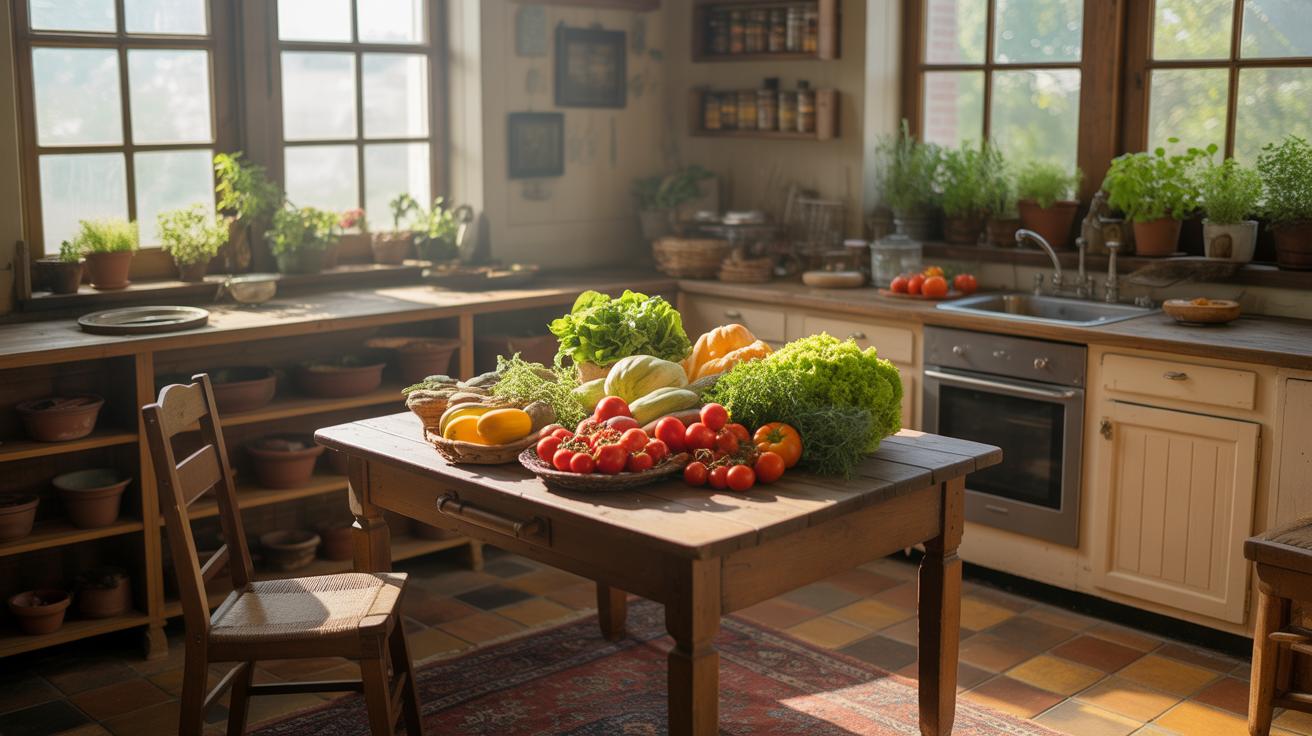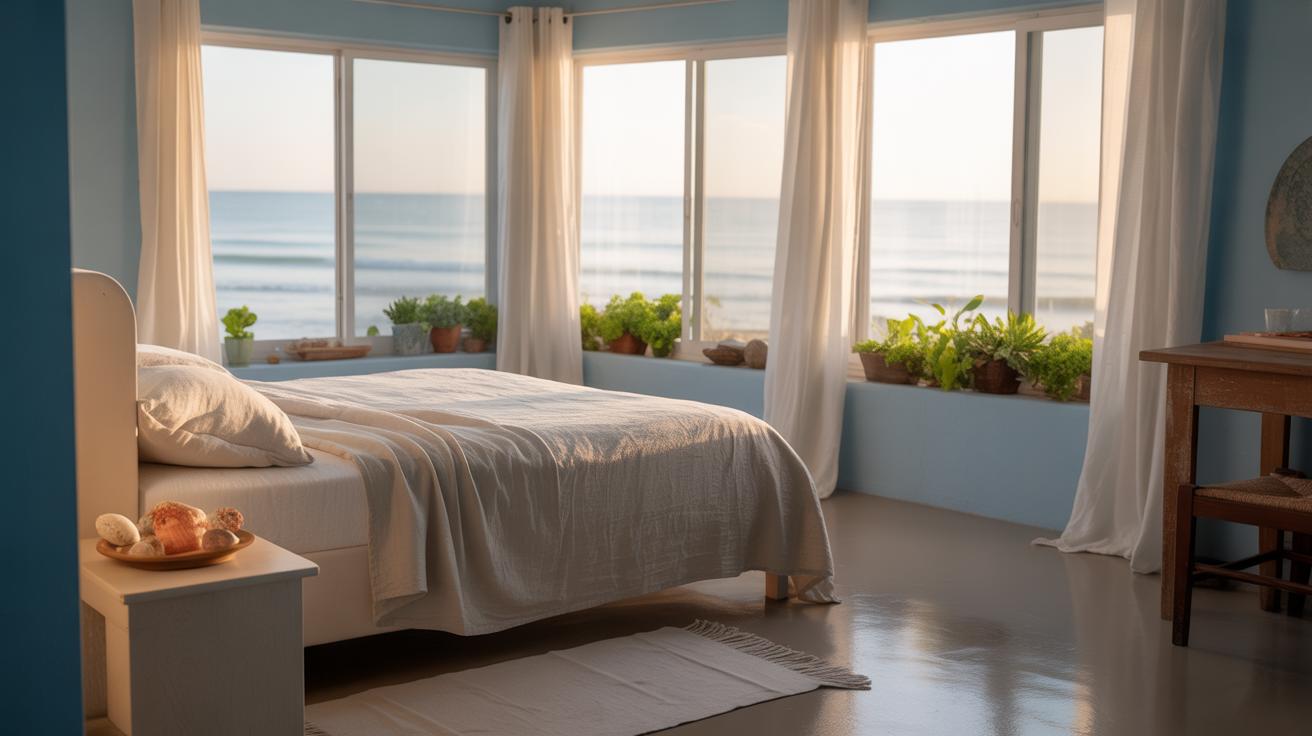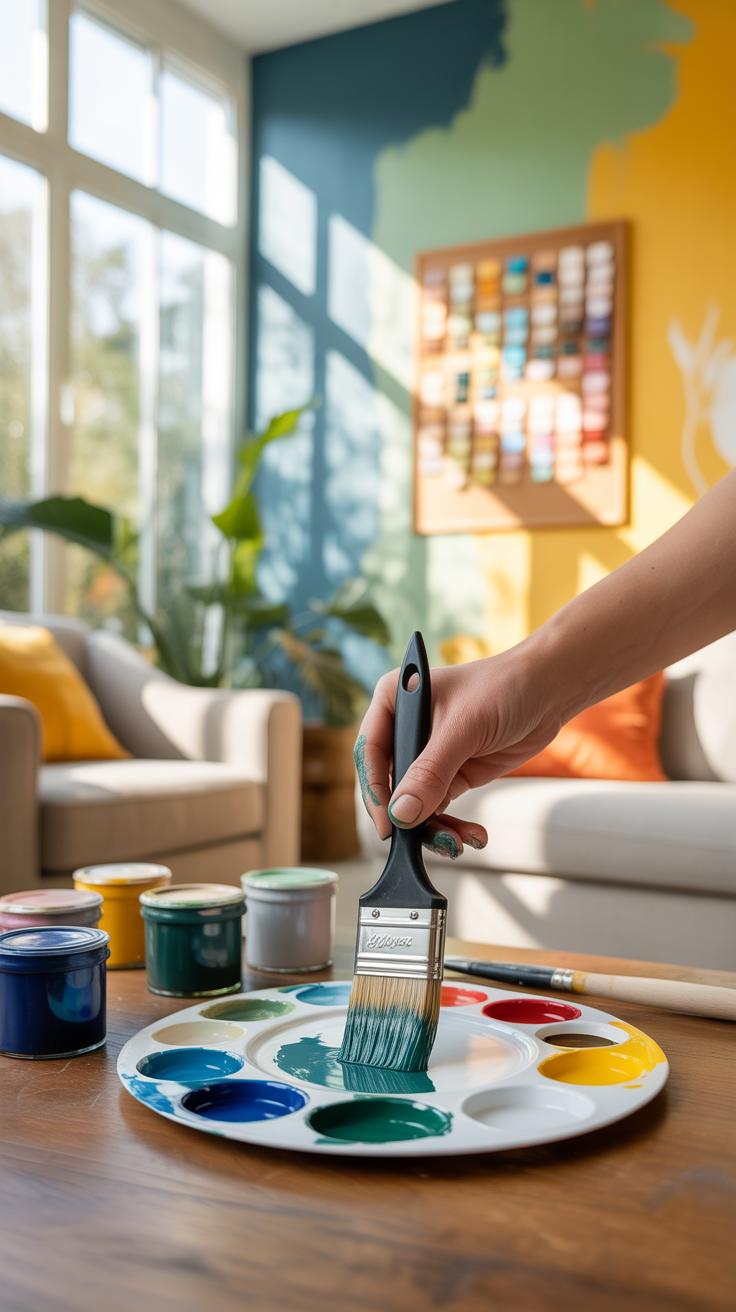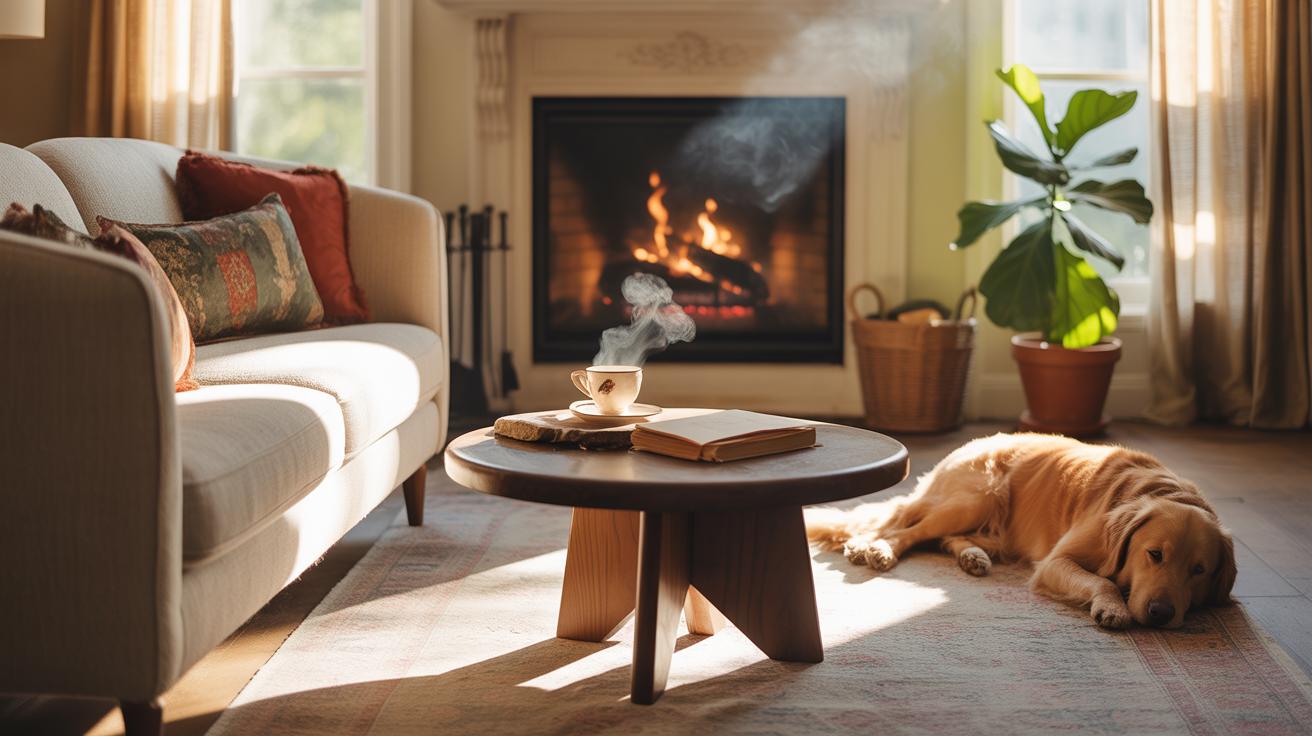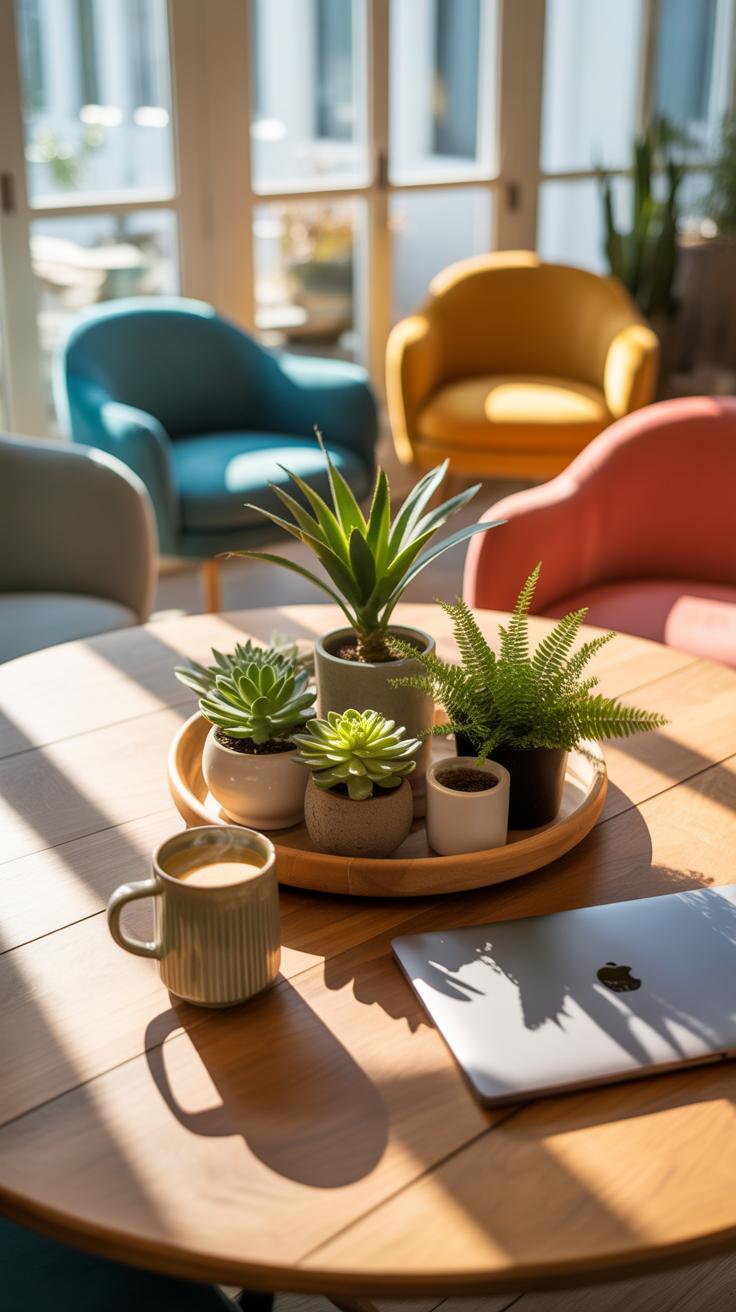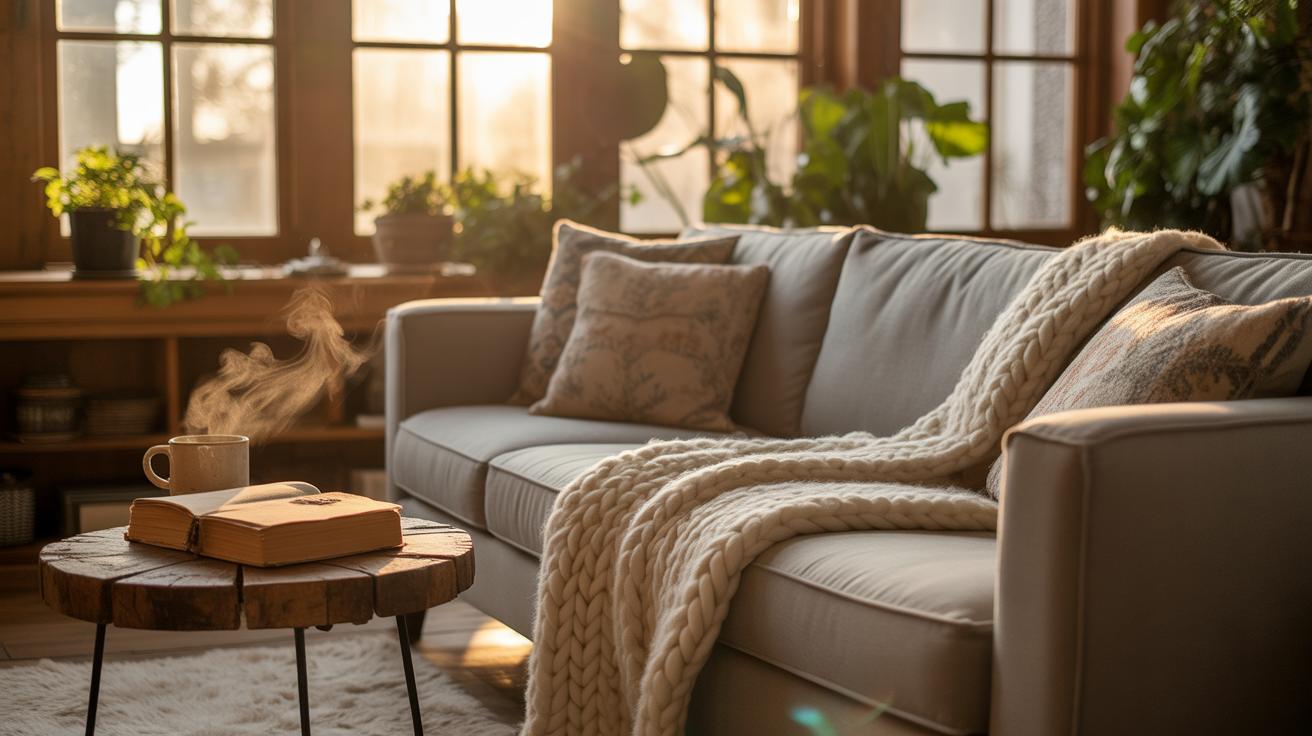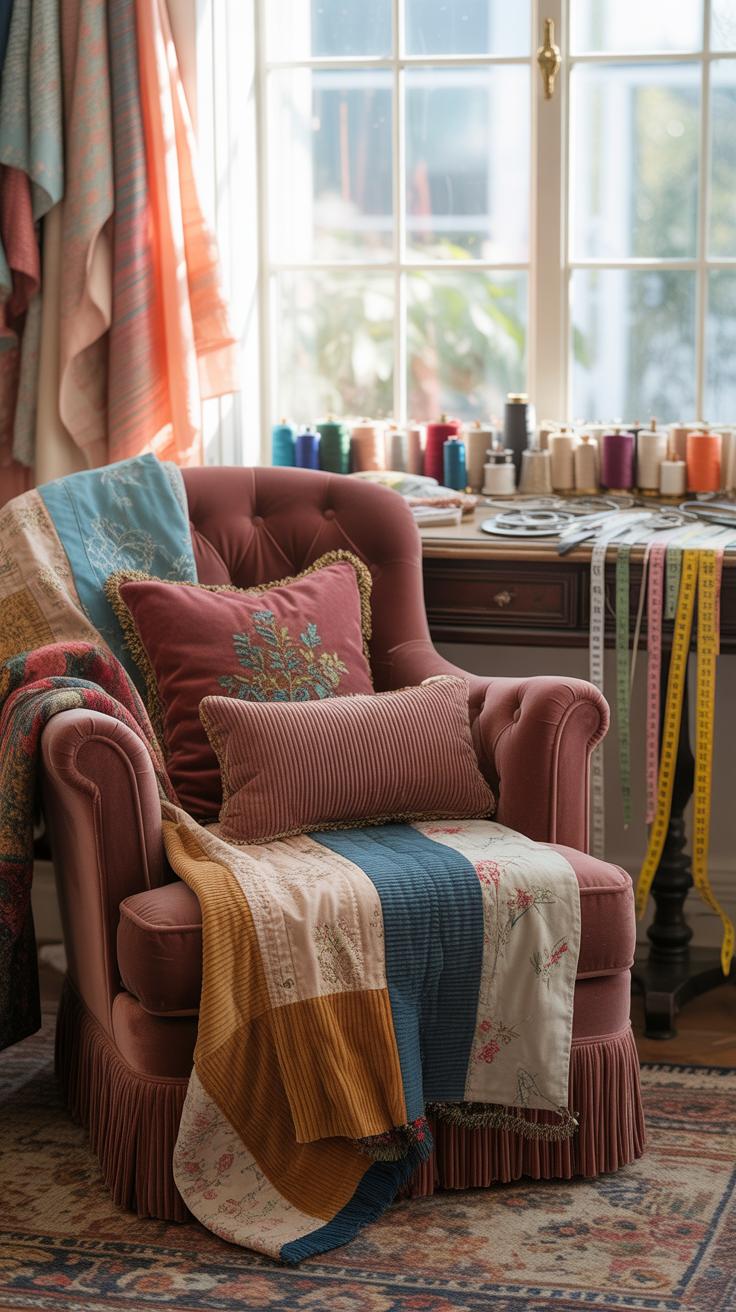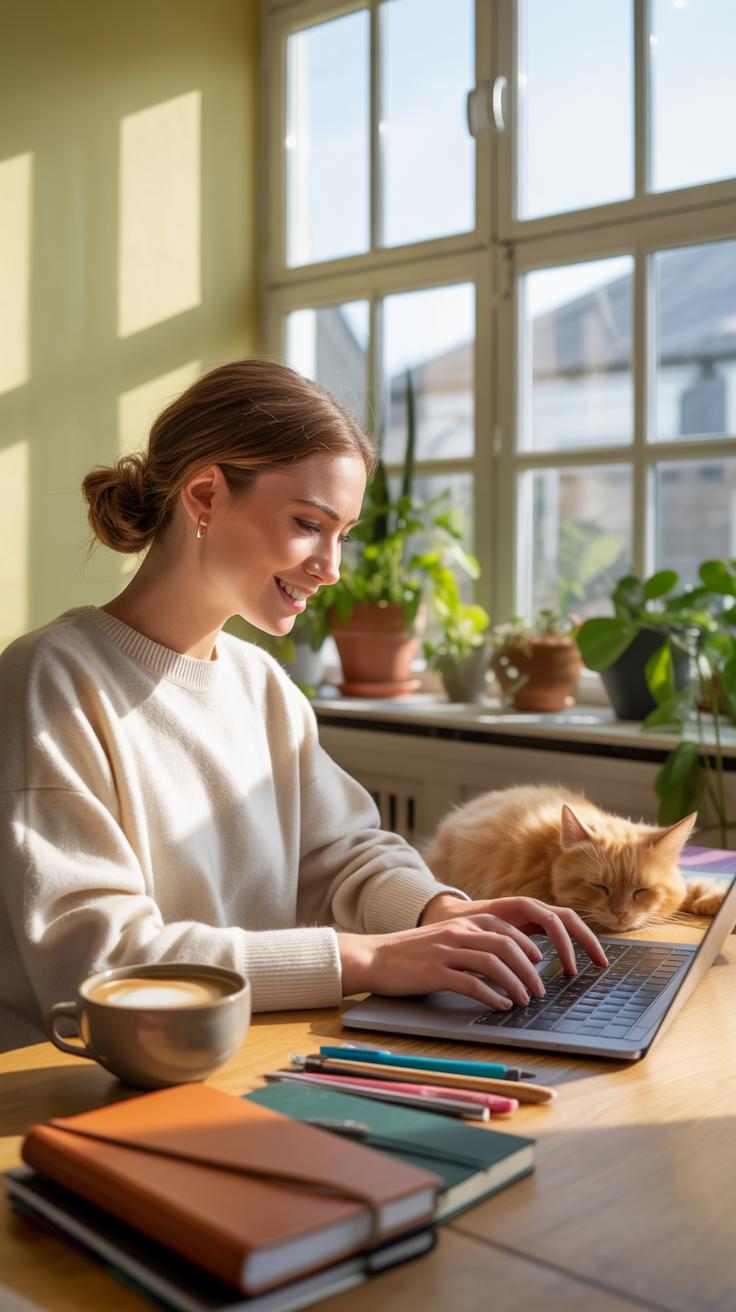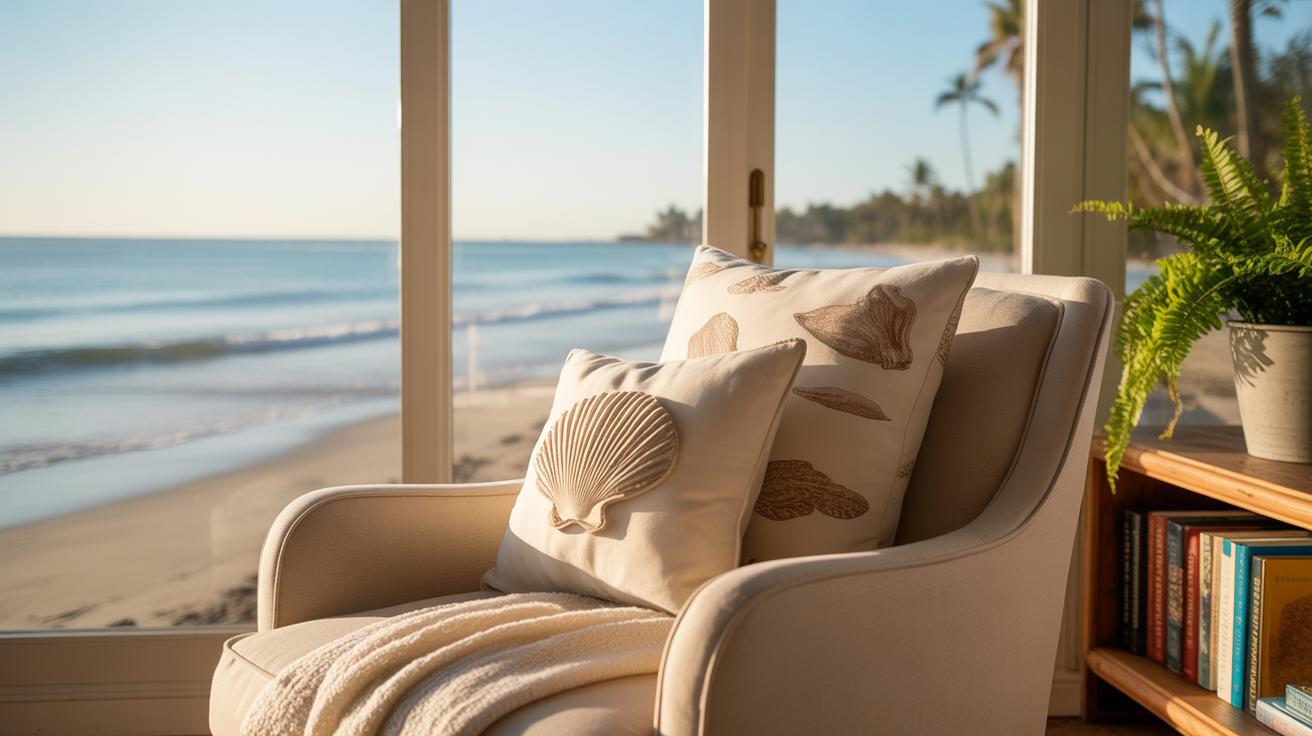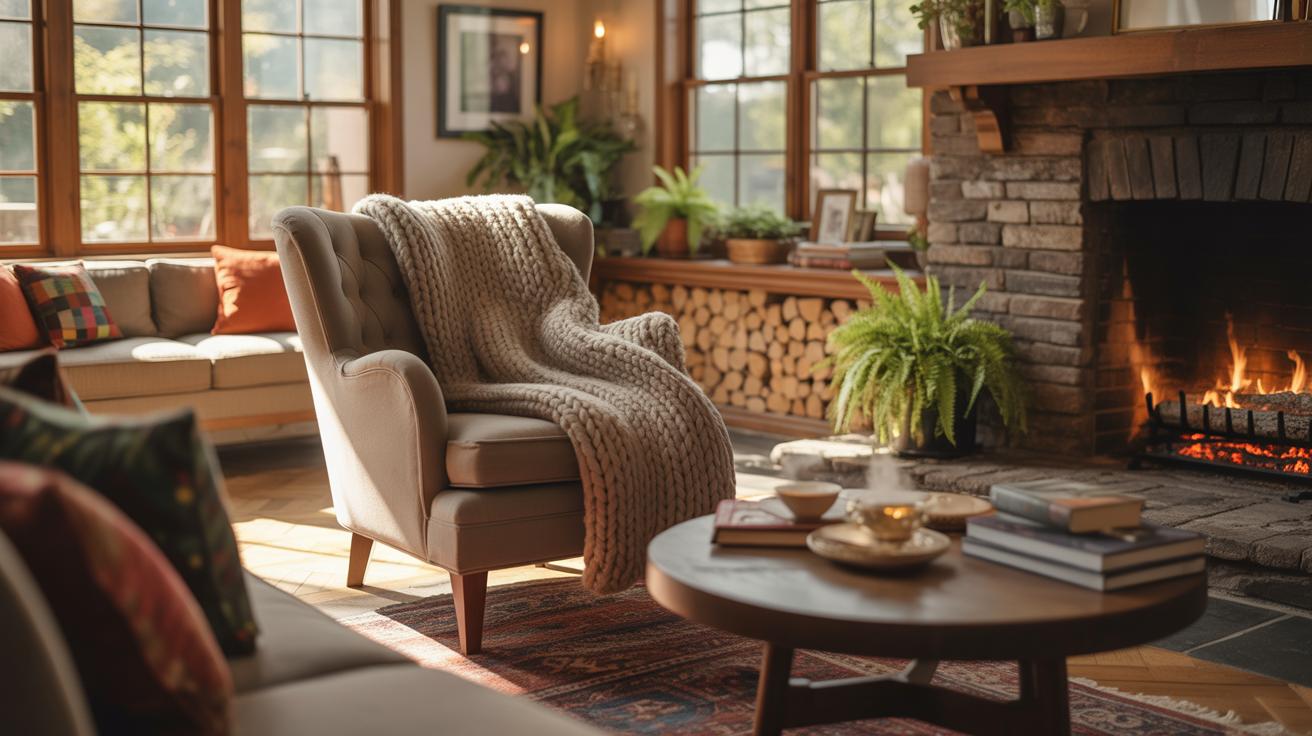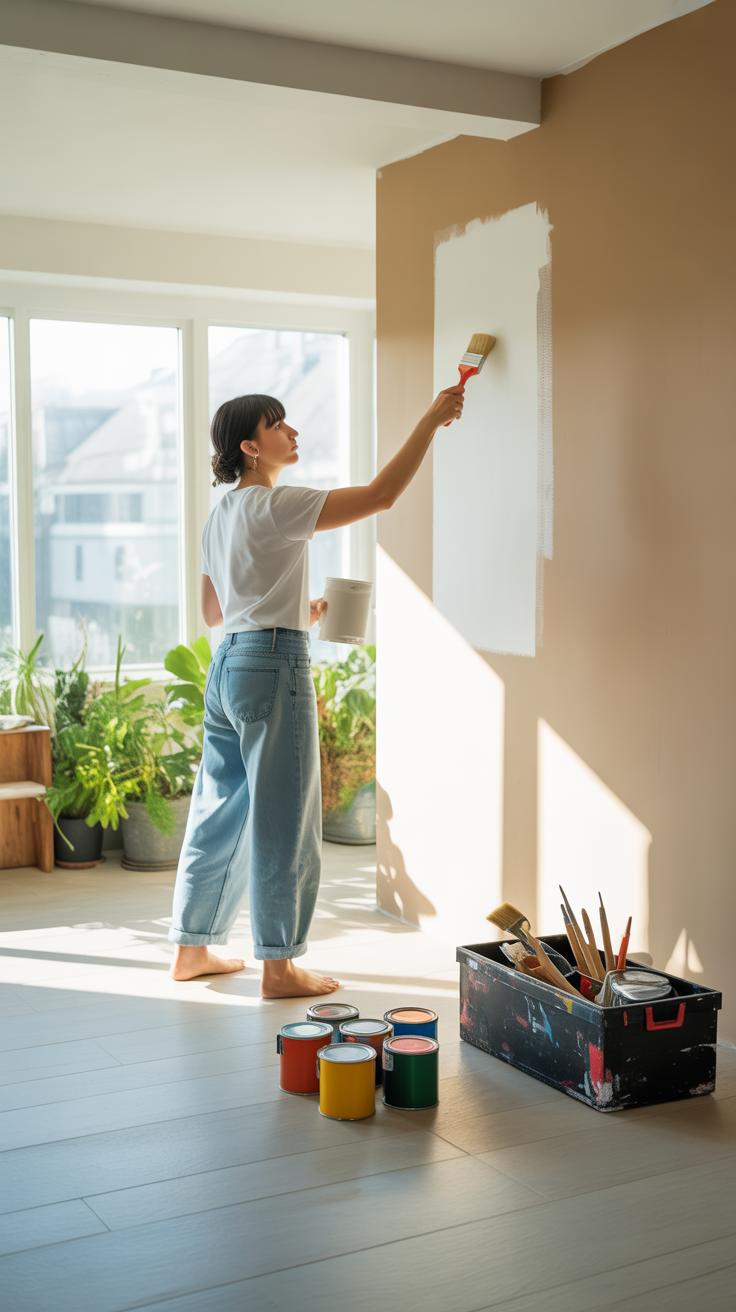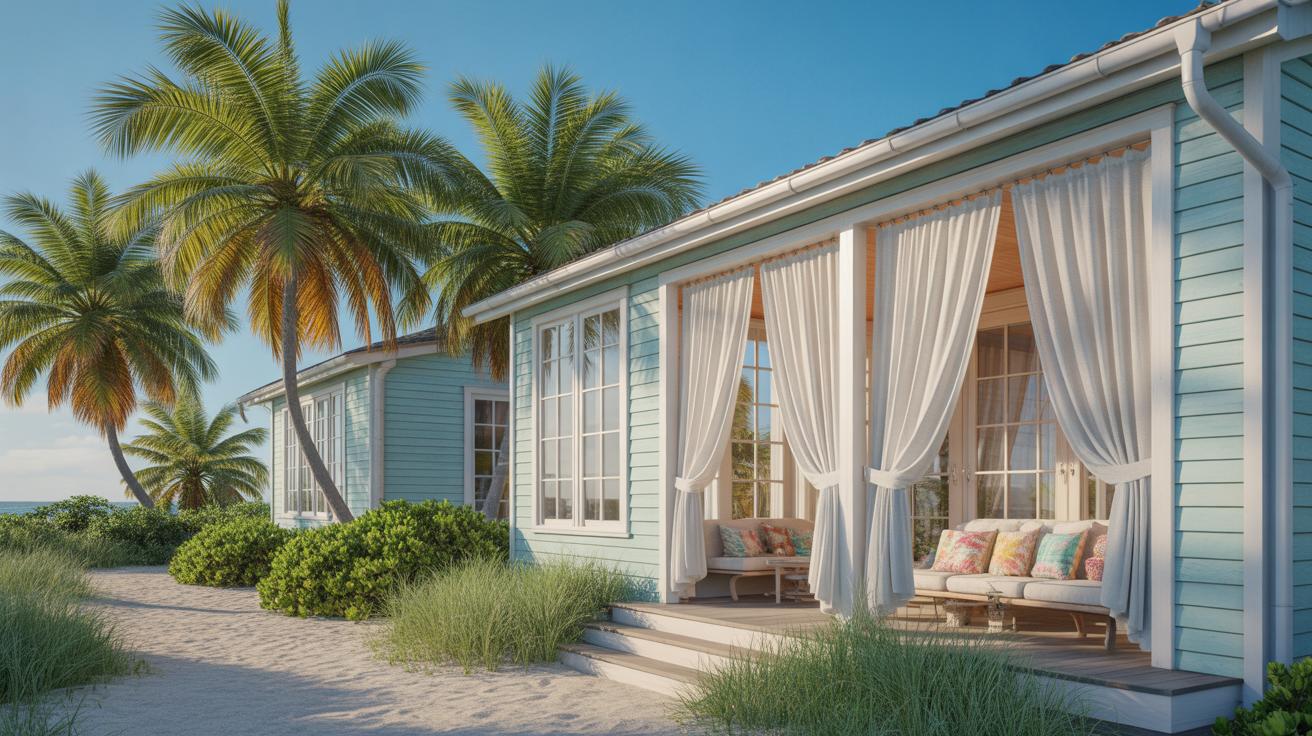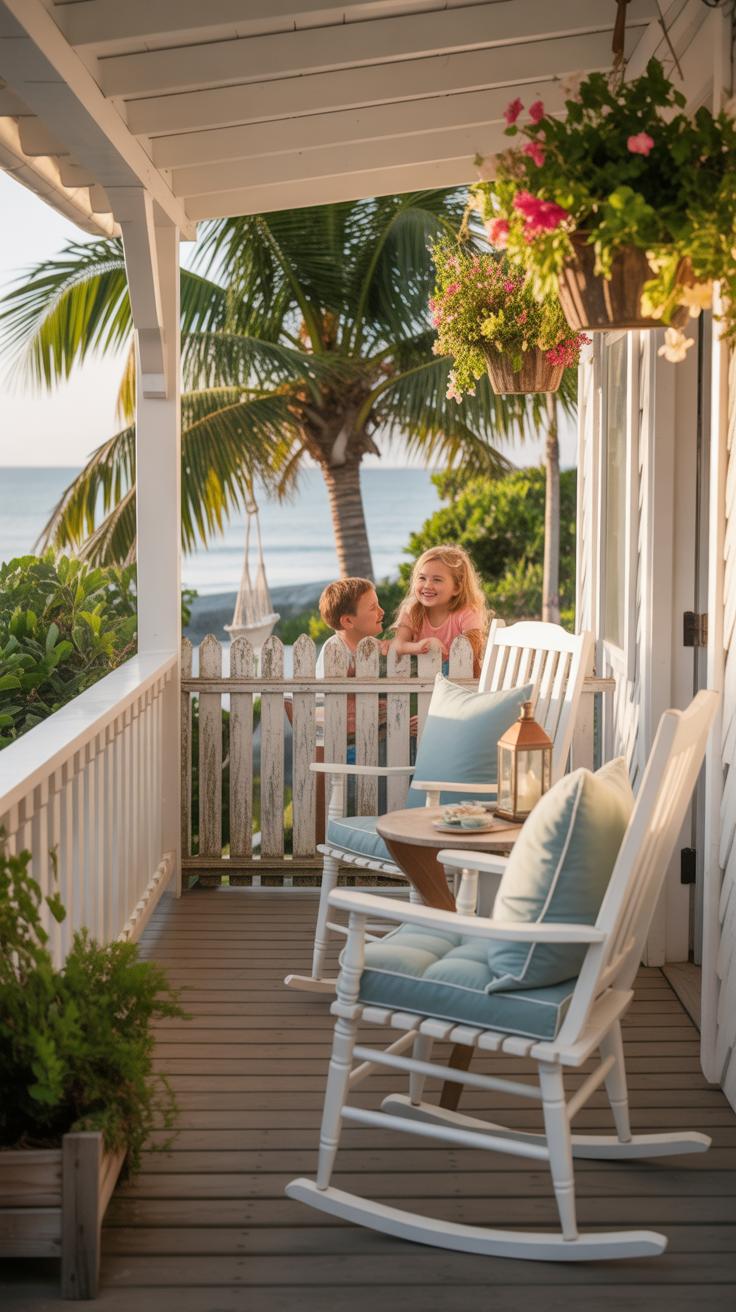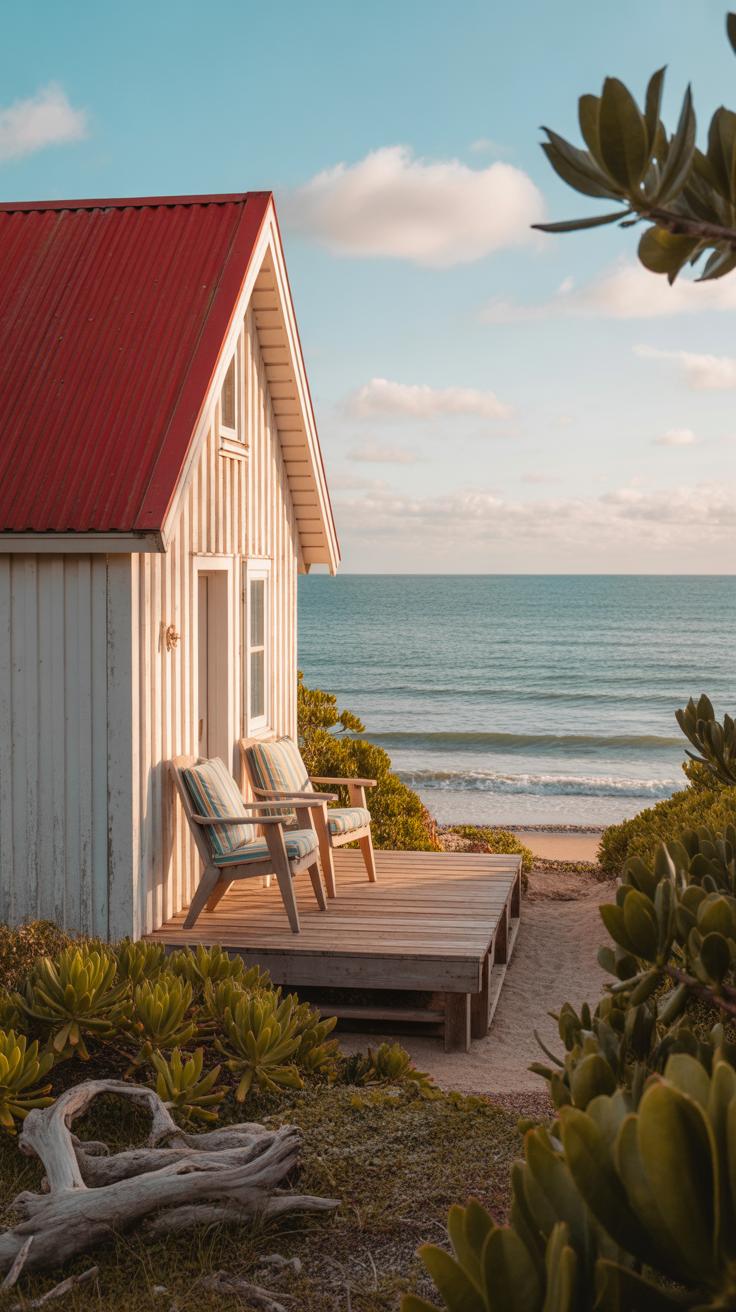Introduction
Coastal cottage style offers a simple way to make your home a cozy and welcoming space. This style draws inspiration from the seaside with light colors, natural materials, and a relaxed atmosphere. It creates a home environment that feels fresh, calm, and comfortable.
In this article, you will learn the key elements of coastal cottage style. You will discover how to choose colors, furniture, and decorations that fit this look. With clear guidance, you’ll find it easy to bring a feel of the coast into your home, no matter where you live.
Defining Coastal Cottage
Coastal cottage style is a home design that tries to bring the calm and casual feel of seaside living inside your walls. It focuses on simplicity and comfort, mixing natural elements with soft, light colors—think of it as a quiet retreat rather than a flashy statement.
Unlike more formal or modern designs, coastal cottage doesn’t seek perfection. It embraces a lived-in look with a relaxed vibe. You might notice weathered woods, cozy nooks, and furniture that seems both practical and inviting. The goal is to make you feel at ease, like you’ve stepped into a place where worries drift away, but without feeling overly fussy or staged.
It’s not the same as beach house style, which can lean toward luxury or grandeur. Coastal cottage is smaller in scale, simpler, and a bit more personal. It’s about warmth and familiarity—the kind of home where you might curl up with a book or gather quietly with friends after a day by the water.
Key Features of Coastal Style
The hallmark of coastal cottage style lies in how it uses materials and colors to echo the nearby ocean and shore. Common features include:
- Natural materials like wood, wicker, and rattan—often left with a slightly worn or weathered finish that hints at salty air and sun exposure.
- Soft and airy color palettes inspired by sand, sea foam, and driftwood, including whites, muted blues, and gentle greens.
- Simplicity in furniture choices: pieces tend to be sturdy, comfortable, and unpretentious rather than ornate or sleek.
- Textiles such as linen and cotton, which add texture while keeping things breathable and natural.
- Decorative accents like seashells, ropes, or nautical motifs, but never overwhelming or kitschy—just subtle nods.
This style balances function with relaxation—you don’t just look at the furniture; you want to sit down and stay a while. It often feels well-worn but cared for, like a favorite sweater rather than a new, stiff garment.
Origins of Coastal Cottage Design
Coastal cottage design first took hold in small seaside communities where homes were built simply, using what was on hand. Fishing villages along the Eastern U.S. coast and parts of England offer early examples. These homes were meant to protect against the elements but also embrace the outdoors.
Over time, this practical style evolved as people sought to recreate the sense of calm and connection to nature found by the shore, even if they lived inland. Designers began blending rustic elements with more polished details, creating something charming without being overly rustic or too modern.
Its appeal grew with the rise of casual living trends during the 20th century, especially as vacation homes became more common. Coastal cottage today reflects both history and lifestyle—it’s about slowing down while still feeling at home, no matter where you are.
Choosing Colors for Your Space
When picking colors for your coastal cottage, I find that keeping things light makes a big difference. Whites, soft blues, and sandy tones bring in a sort of natural brightness that feels almost like sunlight filling the room. These colors aren’t just pretty—they make your space feel more open and relaxed, which fits with the easygoing vibe coastal cottages aim for.
It’s easy to get carried away wanting everything to be bright, but mixing these light hues thoughtfully matters. For example, pairing a crisp white wall with a pale blue sofa creates contrast without overwhelming the senses. You can experiment with slightly warmer sandy shades on trim or floors to avoid a room that feels too cold or sterile.
Light and Airy Palettes
Choosing soft colors helps amp up the feeling of airiness. Light palettes reflect natural light, which is usually abundant in coastal homes. Using colors like off-whites instead of pure white, or muted blues reminiscent of the ocean, can create depth without darkening your room.
Also, these tones tend to evoke calmness—which is probably why they keep you feeling relaxed, even if you’re nowhere near the water. It’s curious how color influences mood, right? I sometimes catch myself craving a lighter space after a hectic week, and that’s part of the charm here.
Using Accent Colors Smartly
You don’t need to keep everything pale and uniform. Adding little bursts of color in accessories or furniture draws the eye and enlivens the room. Think about cushions in seafoam green, coral ceramics, or even a patterned rug that hints at beach flora.
These pops of color should feel intentional but not forced. It’s easy to go overboard, which turns a laid-back style into something fussy. So, I’d suggest limiting the accents—maybe three different colors max—and scatter them sparingly throughout your space. That way, the overall coastal feel stays soft yet interesting.
So, what colors are you drawn to? Could a few subtle blues or sands help turn your space into a coastal retreat? Experiment a bit and trust your instincts—they usually steer you right here.
Furniture Choices
When picking furniture for a coastal cottage, the balance between style and comfort feels more like an art than a simple shopping trip. You want pieces that look like they belong near the sea, but also invite you to zone out with a book or enjoy a lazy Sunday afternoon.
Natural and Light Wood Furniture
Wood plays a big role here. Think about wooden furniture with natural finishes or soft white paint—both create that relaxed coastal vibe. The wood’s texture shouldn’t be overly polished; a little rustic or weathered look works well. I once found an old pine table with faded paint that somehow felt just right, even though the color didn’t match perfectly. That imperfection somehow made the space feel more genuine.
Light woods like oak, ash, or pine in their natural state or with a whitewash help keep spaces feeling bright. They reflect light, which is useful in a coastal cottage where you often want to keep things airy. But, it’s okay if the wood isn’t exactly the same shade everywhere—coastal style isn’t about uniformity. It’s flexible, a bit forgiving.
Comfort with Style
Comfort is not a nice-to-have; it’s a must. The best coastal cottages feel like they’re made for slowing down. So, your chairs and sofas should invite you to linger. Soft cushions, deep seats, and cozy throws play a key role. The tough part? Finding comfort that doesn’t clash with the casual, beachy look. You might hesitate between a plush armchair and a more streamlined, airy frame. Honestly, sometimes mixing both works—an overstuffed linen couch combined with a simple wooden rocking chair feels unexpected yet quite fitting.
When you’re out furniture hunting, ask yourself: does this piece make me want to sit here? If the answer isn’t an easy yes, it probably won’t hold up in everyday use. Style and comfort don’t always come bundled, but in a coastal cottage, they have to. Without comfort, the style feels empty; without style, well—that comfort can look out of place.
Decorating with Textiles
Textiles shape the feel of a coastal cottage more than you might expect. Curtains, rugs, and pillows don’t just add comfort; they bring personality and subtle cues that tell a coastal story. Choosing the right fabrics can enhance lightness and ease in a space, making it feel inviting without overwhelming.
When deciding on textiles, think about how patterns play into the mood. Stripes, especially in blues and whites, are classic. They evoke that timeless beach vibe but don’t limit you. Nautical motifs—anchors, ropes, or even subtle sailboat prints—work well on pillows or small accents. Floral patterns, usually soft and breezy, soften the space and bring a touch of the outdoors inside. You might even mix a few patterns, though I admit sometimes it’s tricky to get right without chaos.
Fabric choice matters a lot. Natural and lightweight materials like cotton and linen keep rooms feeling fresh and airy, perfect for a beach-inspired home. These fabrics breathe well and handle sunlit rooms better than something heavier or synthetic, which can weigh down the space both visually and physically. Plus, blends that mix durability with softness give you a bit more flexibility and longevity in those high-use spots.
You might wonder if heavier fabrics ever work. Sometimes they do—perhaps a weighted linen curtain in a breezy breeze-blocked room—but mostly, keeping things light makes a bigger difference. So, when you pick your textiles, ask yourself: does this feel like it belongs in a casual, relaxed setting where the ocean breeze might sneak in? If it doesn’t, reconsider it.
Utilizing Natural Elements
Natural pieces like shells, driftwood, and plants do more than just fill a room—they bring a subtle connection to the coast that feels almost tangible. When you place these items thoughtfully, your home almost breathes with that gentle seaside rhythm. For example, a cluster of weathered driftwood can serve as a sculptural centerpiece, while a simple glass jar filled with assorted shells can evoke memories of a quiet beach stroll.
Bringing the outdoors in creates balance. Living plants that thrive in coastal environments—succulents, ferns, or air plants—add life without making the space feel cluttered. There’s something quietly grounding about green leaves against a pale wall. Maybe you’ve noticed how even small plants can shift the mood, making the room calmer or fresher.
Finding these natural elements can be an adventure itself. Walk local beaches or parks to collect driftwood and shells—though patience is key, since you might need to sift through quite a bit to find pieces you really like. Cleaning and drying shells carefully lets you keep their shine intact. If trips aren’t an option, craftspeople and markets often have natural decor items ready to bring home. Display them simply: a driftwood frame for photos, a bowl of stones on a coffee table, or hanging plants near windows to catch the light.
When displaying, try grouping similar textures or colors but don’t overthink it. Imperfection often lends charm here. Think about balance, yes, but also about what feels right to you. That’s where the space stops feeling styled and starts feeling lived in.
Lighting Choices
Maximizing Natural Light
Natural light plays a key role in shaping the feel of a coastal cottage. Rooms bathed in sunlight almost seem to breathe more freely, as if the walls themselves soften and open up. You want to let as much daylight in as you can—maybe by choosing sheer curtains or skipping heavy drapes altogether. Large windows work well, especially those with simple, clean lines, which frame views without distraction.
But it’s not just about quantity; the quality of light matters, too. Morning light sharpens colors, while afternoon light can cast a warm glow that makes everything feel quieter and gentler. Some rooms might benefit from skylights or strategically placed mirrors to bounce sunlight around. This approach reduces the need for harsh artificial lighting during the day. Do you find that certain corners of your home feel lifeless? A well-placed mirror might be all you need to bring them to life.
Selecting Coastal Style Fixtures
When the sun sets, coastal cottage lighting shifts purpose. The right fixtures build comfort without overpowering. Look for designs that echo the seaside—lanterns evoke a sense of wanderlust, while fixtures wrapped in rope add texture without going overboard. Sometimes an aged brass sconce feels just right, lending subtle character, although a clean white ceramic lamp can surprise you by maintaining that airy vibe.
Think about where you place these lights. A pendant made from woven fibers fits well above a kitchen island, while a cluster of small lanterns might create intimacy in a nook. You might hesitate between rustic and refined; that tension can be a strength, letting your home feel lived-in but cared for. And lampshades—simple linen covers often work best, softening bulb light and keeping everything mellow. What kind of glow do you prefer when you unwind? Soft, dim light often invites longer, more relaxed evenings.
Flooring Ideas
Wood floors, or those that look like wood, fit naturally into coastal cottages. Their warm tones break up what might otherwise feel too cool or sterile in a space dominated by light blues and whites. There’s something comforting about the texture and grain you can see and feel beneath your feet. Even if the floor isn’t actual wood, the look alone can add a layer of warmth that pulls the room together in a subtle way.
You might wonder why wood looks so right in these homes. Part of it is the connection to nature—coastal cottages often feel like a retreat, and wood floors keep that feeling grounded. Plus, they behave well with natural light, softening bright, open rooms without dimming the space.
Rugs can also play a surprisingly important role. They soften the floor underfoot, which invites you to linger longer in seating areas or bedrooms. But choosing the right rug isn’t just about softness—patterns or woven textures can add detail and interest without overwhelming the style. A well-placed jute or cotton rug, for instance, can quietly pull colors in a room together.
- Wood or wood-look floors offer warmth in a space filled with pale tones.
- Natural light reflects gently off these surfaces, keeping rooms feeling open.
- Soft rugs add comfort and can define areas without stealing focus.
How do you balance keeping that cozy feeling without making a room feel busy? Sometimes, it’s enough to layer simple texture and let worn-in floors carry the story. Maybe you have a favorite rug that’s seen a few summers—its faded edges add character, much like the cottage itself.
Outdoor Spaces
Choosing Coastal Outdoor Furniture
When picking outdoor furniture for your coastal cottage, think about materials that can stand up to salty air and occasional moisture. Teak and eucalyptus often come to mind because they age gracefully and resist rot without requiring constant upkeep. But I’ve also seen wrought iron pieces that, if properly coated, bring a charming rustic touch, though they might need more fuss than wood.
Styles lean toward simple and relaxed, nothing too flashy or ornate. Adirondack chairs, classic wooden benches with soft cushions, or even weather-resistant wicker evoke that laid-back vibe typical of coastal spots. You might want to avoid overly modern designs—they can clash with the cottage’s approachable feel. Instead, look for those with a bit of character, maybe subtly distressed finishes or light pastel hues, which blend well with sand and sea tones.
Decor and Plants for Outdoor Comfort
To make your outdoor space genuinely inviting, layering with accessories makes a difference. Think lanterns for soft lighting or outdoor rugs that echo beachside patterns. I find weatherproof cushions with stripes or subtle coastal prints do wonders to soften wooden furniture while keeping the look fresh.
When it comes to plants, go for options that thrive in coastal climates, yet still fit the relaxed aesthetic. Succulents, ornamental grasses, and lavender add texture without demanding much care. Palms or small potted citrus trees can offer a bit of privacy and bring that unmistakable coastal scent. But don’t overfill the space; the idea is openness, lightness—a place you’ll want to linger, not feel crowded.
Have you noticed how a simple driftwood sculpture or a cluster of seashells arranged casually can change the vibe? Those little touches, combined with the right flora, make outdoor living both practical and peaceful. It’s the kind of space where you’ll probably find yourself unwinding more often than you expect.
Maintaining Your Coastal Cottage
Cleaning and Upkeeping Materials
Your coastal cottage relies on certain materials that need special care to keep that fresh, beachy feel. Wood furniture, often painted white or left natural, can suffer from salt air and humidity. Wiping pieces with a damp cloth and mild soap, then drying quickly, usually works well. If you spot any wear or chipping paint, a light touch-up can make a big difference—don’t wait for damage to worsen.
Natural fibers like jute rugs or linen curtains need gentle handling. Vacuum rugs regularly to avoid grit buildup, and consider spot cleaning with mild detergents rather than frequent washing to preserve texture. For cushions or slipcovers, using breathable fabrics helps prevent mustiness. Sometimes, a quick airing outside on a dry day refreshes them better than anything else.
Refreshing Decor Seasonally
Changing things up through the year keeps your coastal style feeling alive. You don’t have to overhaul everything each season—small switches do wonders. Swapping out throw pillows from light blues and whites to richer tones in autumn, like soft tans and muted oranges, softens the feel without losing the coastal vibe.
Scattered shells and beach glass can stay year-round, but think about rotating framed prints or adding seasonal plants—perhaps a vase of fresh eucalyptus in spring or some dried pampas grass for winter’s chill. These subtle shifts remind you of the changing coast without disrupting your space.
Is it a bit much to update so often? Maybe. Yet, even just moving one or two items now and then helps prevent your cottage from feeling stagnant or too predictable. It invites you to notice your space anew, which is part of creating a truly cozy coastal home.
Personalizing Your Space
Making a coastal cottage truly feel like home calls for more than just the right furniture or colors. It’s about weaving your story into the space, adding touches that speak to you. Think about your family photos, but displayed not just anywhere—choose frames that echo the driftwood or weathered look often found near the shore. Those small souvenirs from seaside trips, like shells, smooth stones, or tiny glass bottles, can find a cozy place on shelves or side tables, reminding you of special moments.
How might you balance classic coastal elements with your own style? Maybe you prefer a modern piece here or a bold color splash there. Try mixing soft linen throws with a funky, personalized pillow or layering old maps with beach illustrations. It’s okay if it doesn’t all match perfectly—sometimes a slightly unexpected item makes the room feel more alive, more you.
Adding personal touches slowly over time often works best. You might start with a keepsake jar or a favorite book about the ocean and build from there. Ask yourself: what little things around the shore speak to you? Let that guide the choice of décor. After all, making the coastal cottage your own is less about following strict rules and more about creating a familiar, inviting place that fits your life.
Conclusions
Coastal cottage style is more than just a design choice; it’s a way to create a cozy space that feels like a peaceful retreat. By focusing on light colors, natural textures, and simple decor, you can transform your home into a pleasant place to relax and enjoy.
Thinking about what makes you feel calm and comfortable can help you shape your coastal cottage space. With the ideas shared here, you have practical steps to build a welcoming home that brings the peacefulness of the coast to your everyday life.

